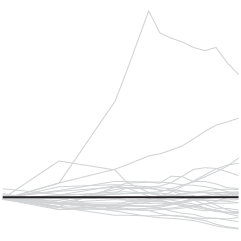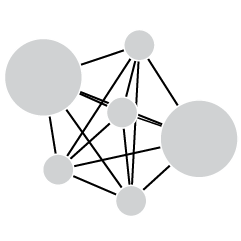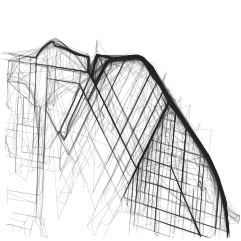R comes with a lot of datasets, some with the core distribution and others with packages, but you’d never know which ones unless you went through all the examples found at the end of help documents. Luckily, Vincent Arel-Bundock cataloged 596 of them in an easy-to-read page, and you can quickly download them as CSV files.
Many of the datasets are dated, going back to the original distribution of R, but it’s a great resource for teaching or if you’re just looking for some data to play with.





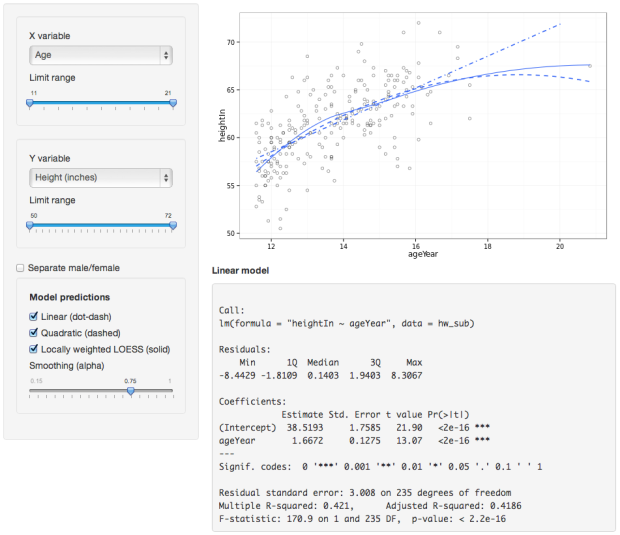
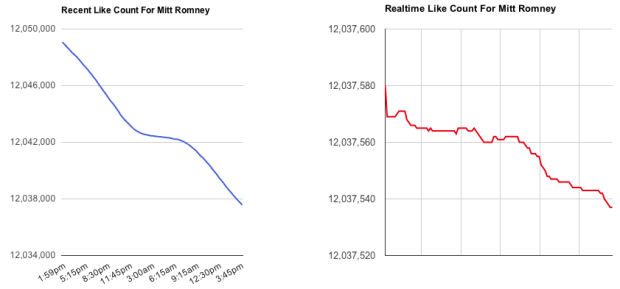
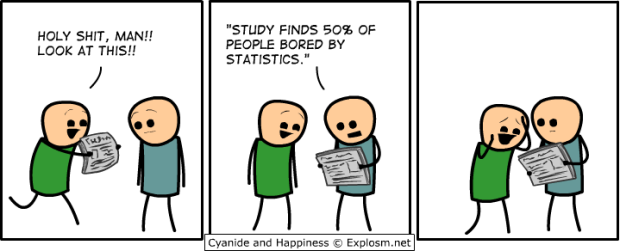
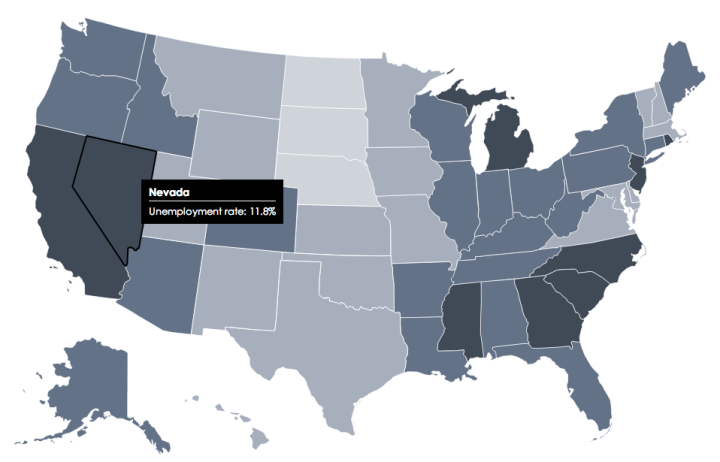
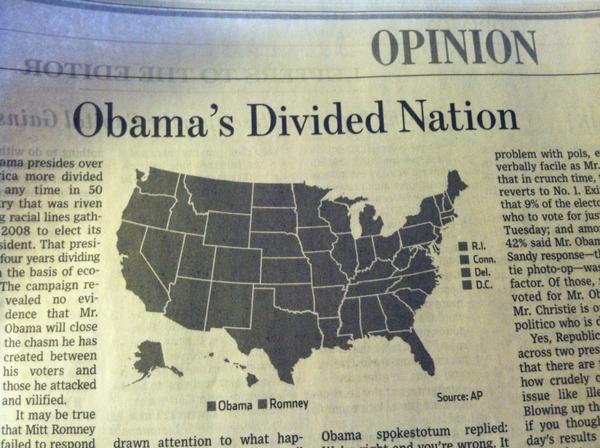
 Visualize This: The FlowingData Guide to Design, Visualization, and Statistics (2nd Edition)
Visualize This: The FlowingData Guide to Design, Visualization, and Statistics (2nd Edition)


